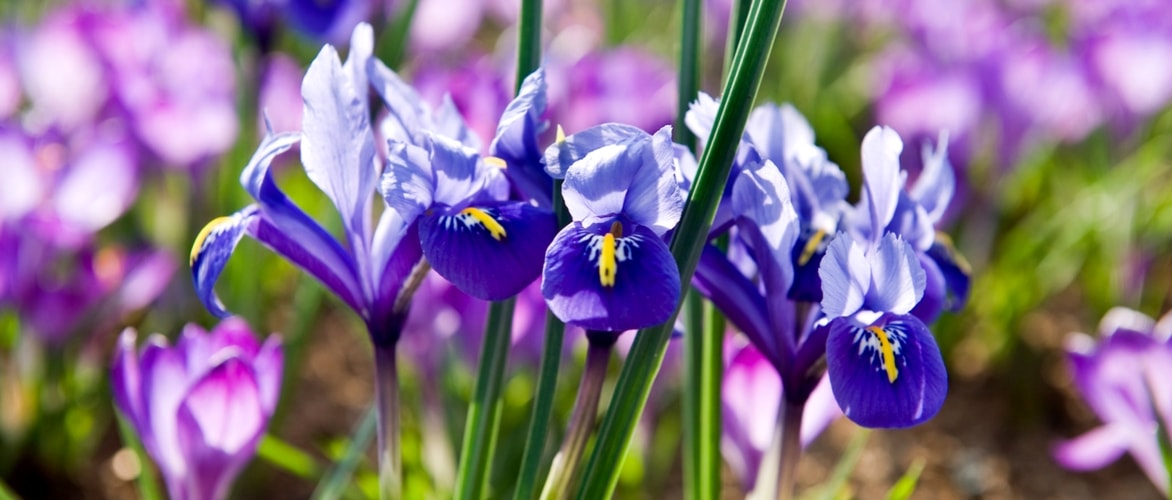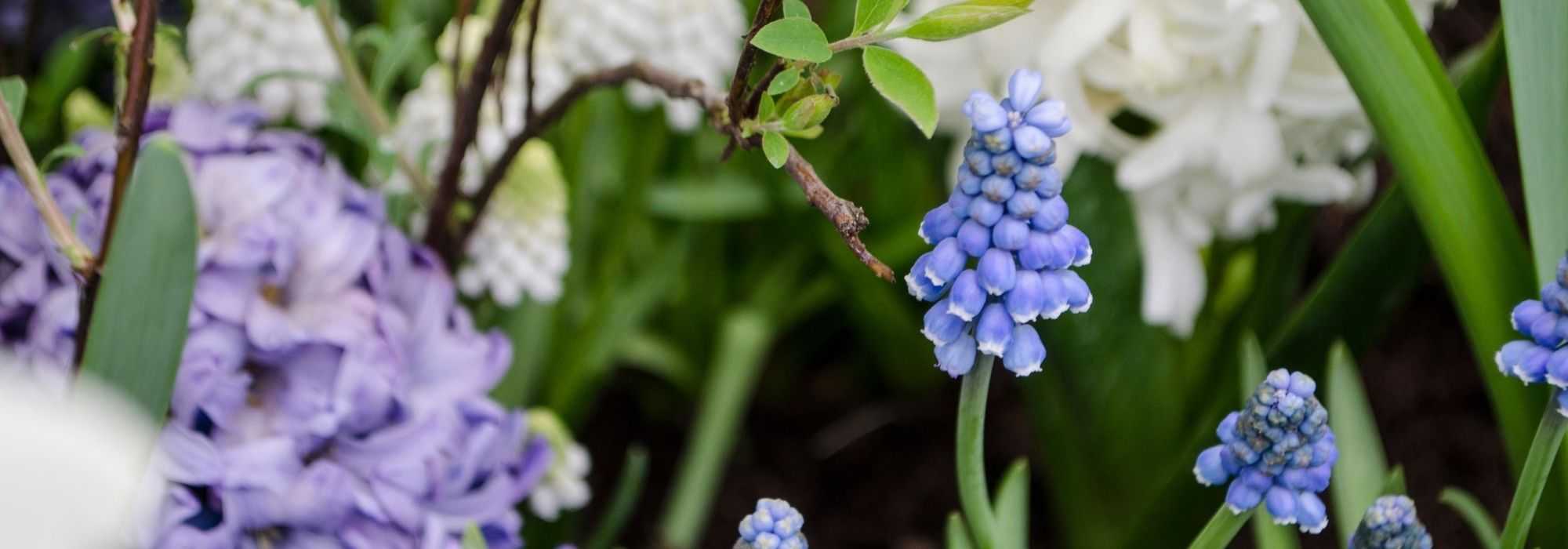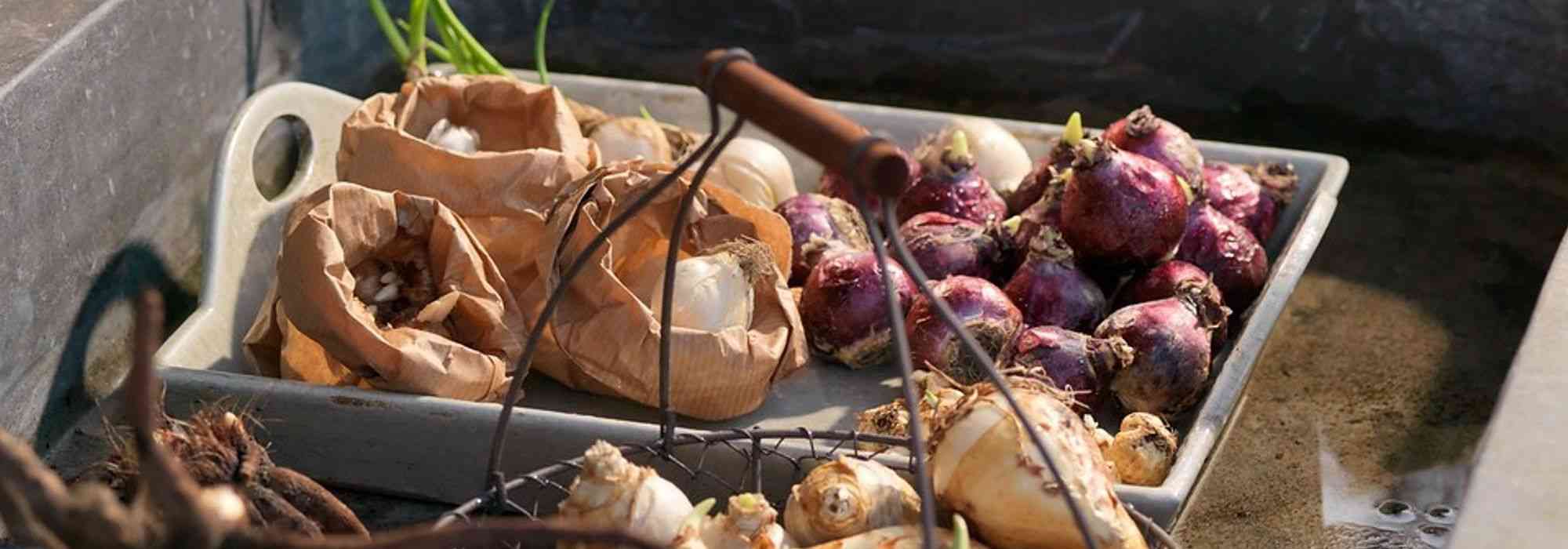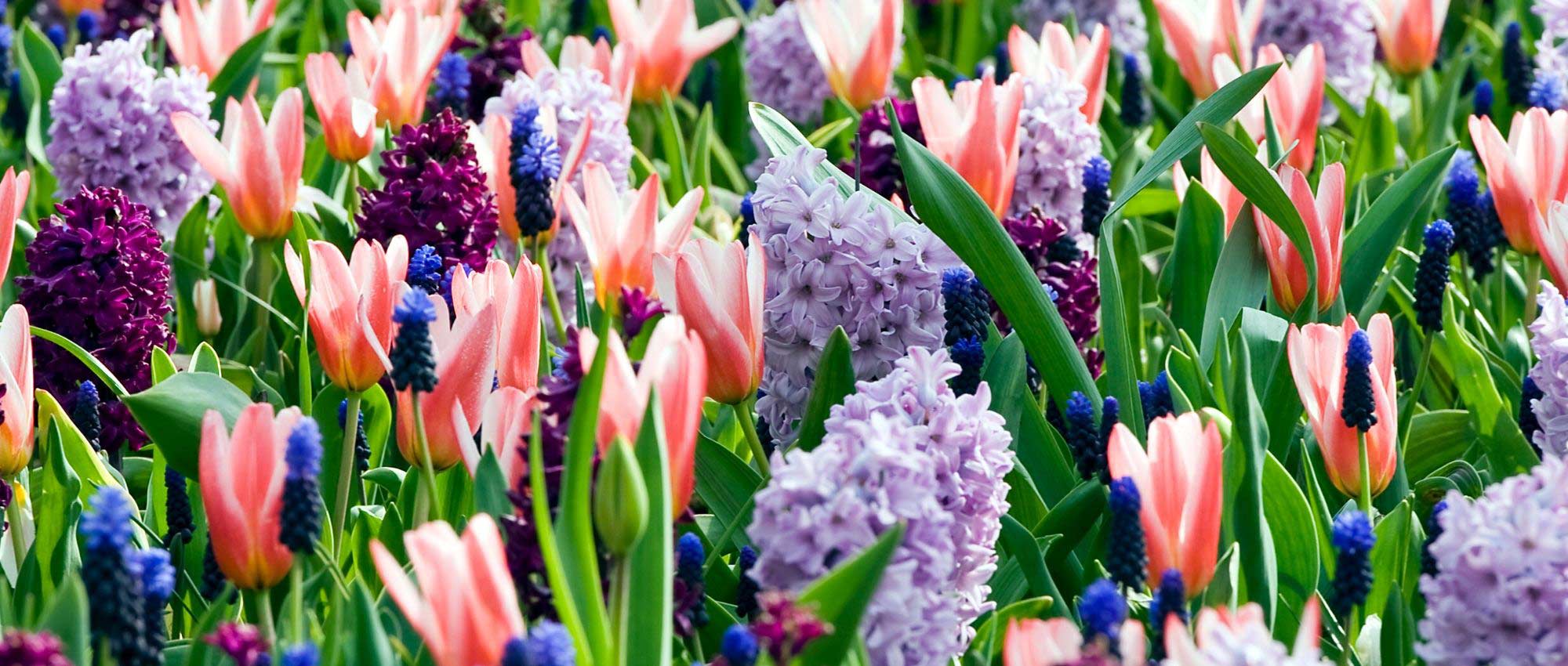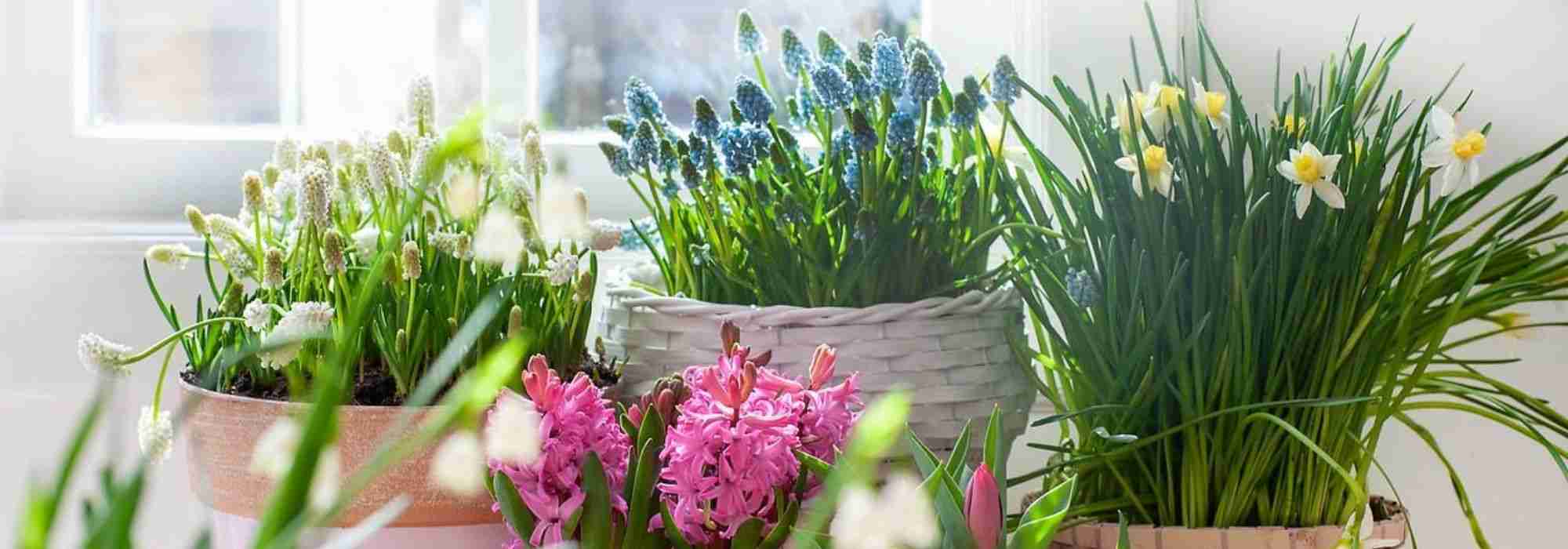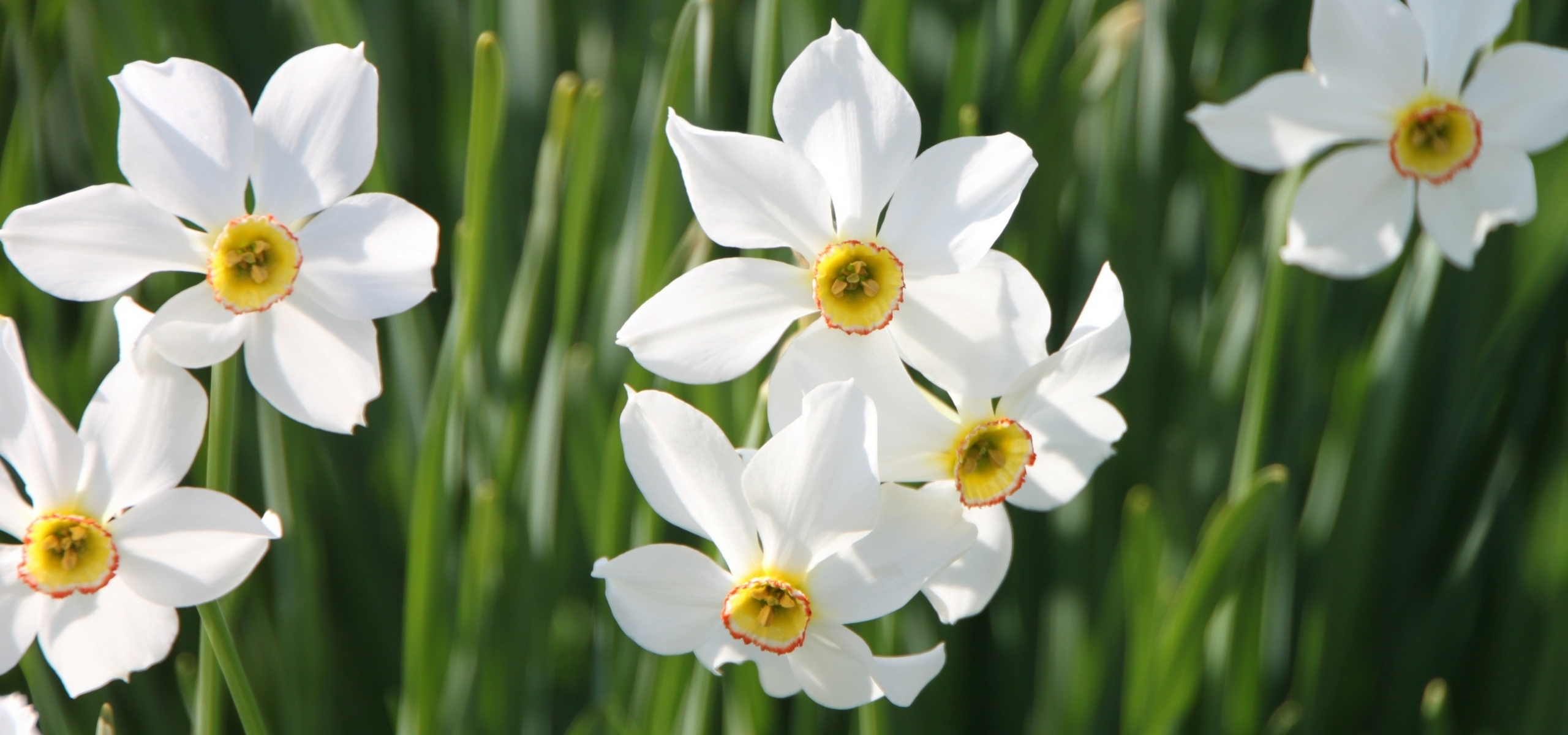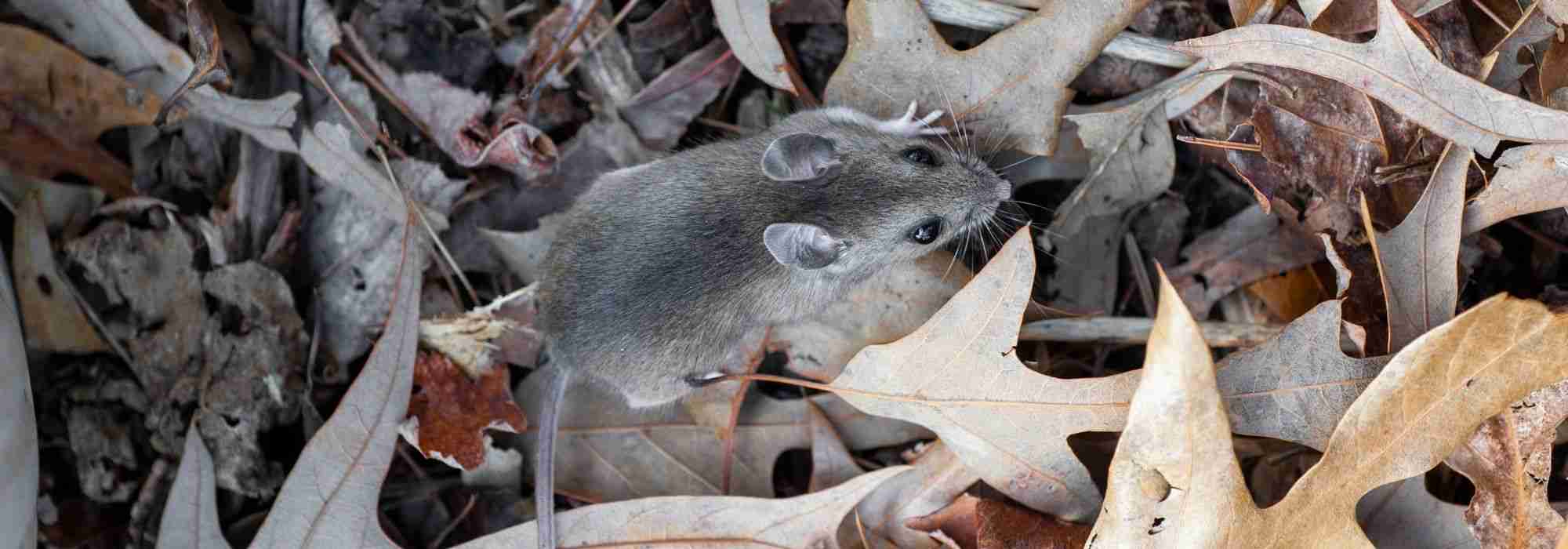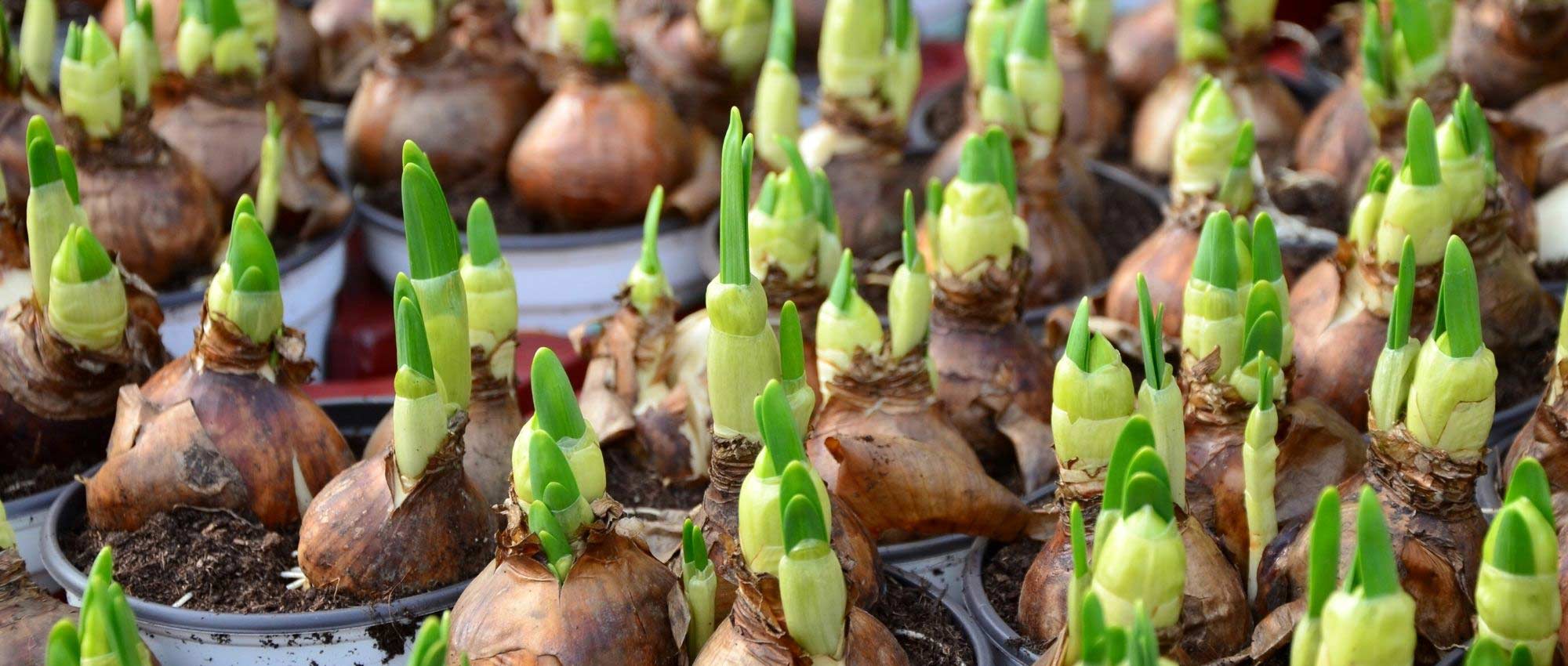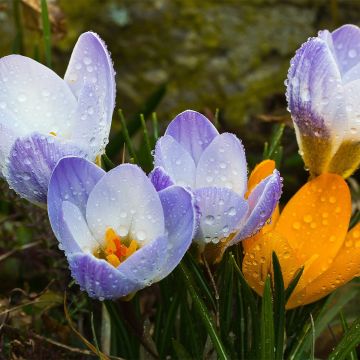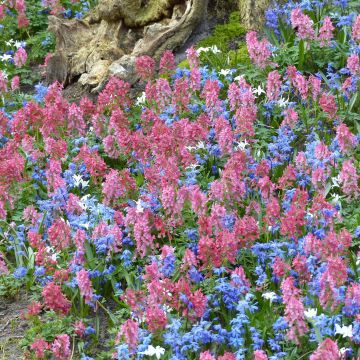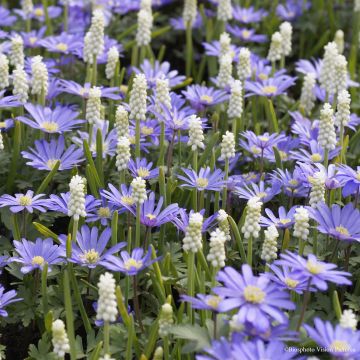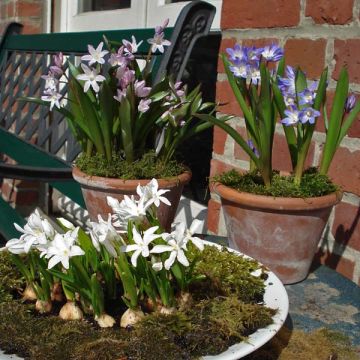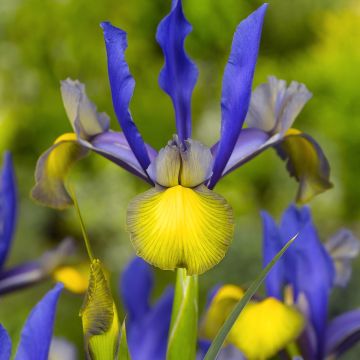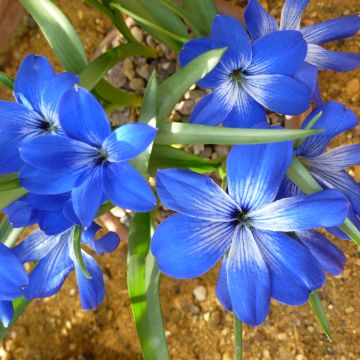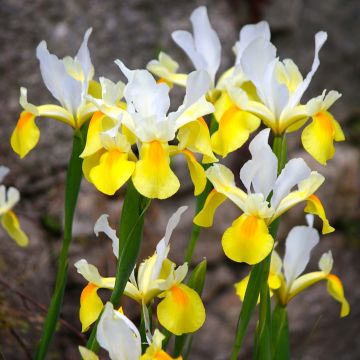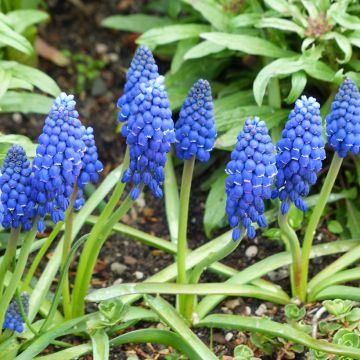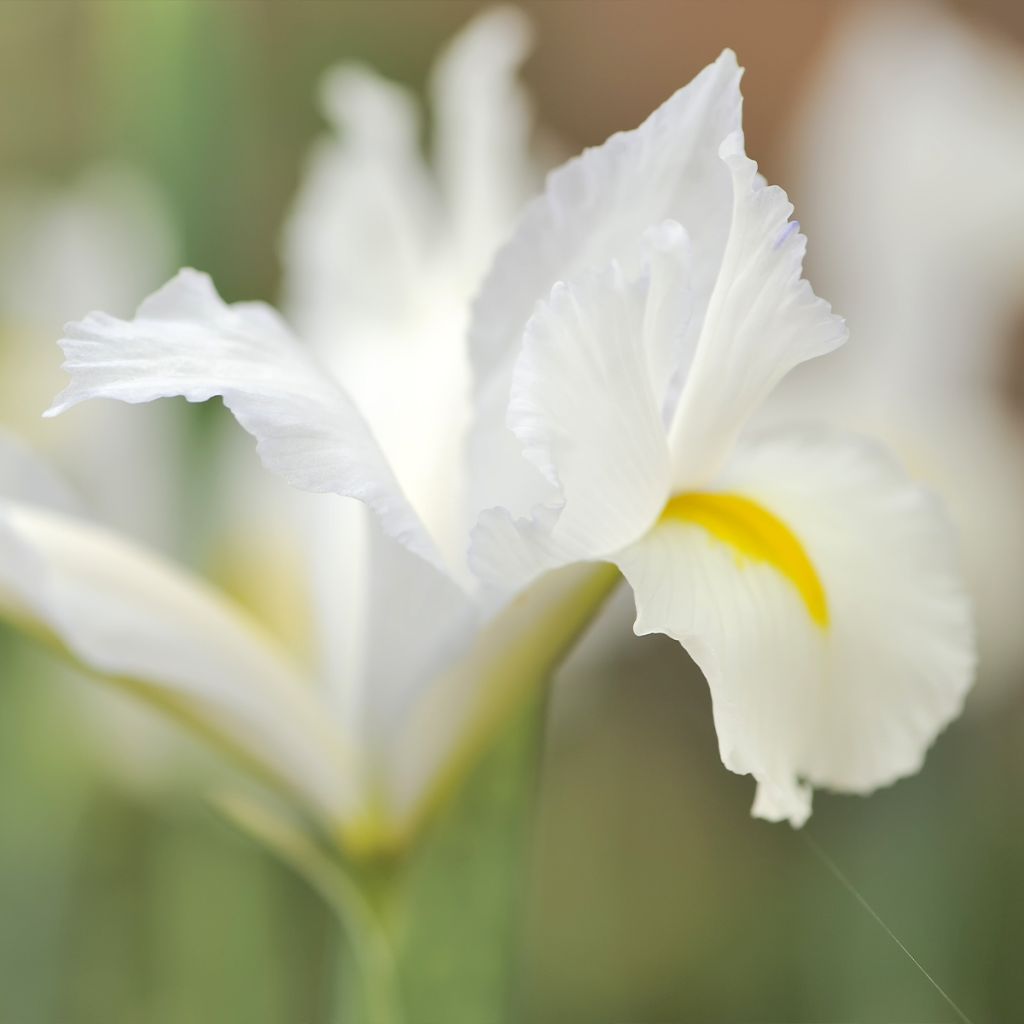

Iris reticulata Louise - Iris transcaucasien Louise, iris réticulé Louise, iris nain Louise
Iris reticulata Louise
Iris reticulata Louise
Reticulated Iris, Netted Iris
Special offer!
Receive a €20 voucher for any order over €90 (excluding delivery costs, credit notes, and plastic-free options)!
1- Add your favorite plants to your cart.
2- Once you have reached €90, confirm your order (you can even choose the delivery date!).
3- As soon as your order is shipped, you will receive an email containing your voucher code, valid for 3 months (90 days).
Your voucher is unique and can only be used once, for any order with a minimum value of €20, excluding delivery costs.
Can be combined with other current offers, non-divisible and non-refundable.
Home or relay delivery (depending on size and destination)
Schedule delivery date,
and select date in basket
This plant carries a 6 months recovery warranty
More information
We guarantee the quality of our plants for a full growing cycle, and will replace at our expense any plant that fails to recover under normal climatic and planting conditions.
Would this plant suit my garden?
Set up your Plantfit profile →
Description
The Iris reticulata 'Louise' is a small, very early bulbous iris, prized for its ivory flowers marked with bright yellow at the throat, its hardiness and its ability to naturalise. This bright variety well-suited to bed borders, rockeries or containers enlivens the garden from late winter onwards. It is a small hardy plant, but sensitive to excess moisture. It is used to create early spring colour alongside crocuses or snowdrops.
The Iris reticulata 'Louise' belongs to the Iridaceae family. It is a cultivar dating from 2021 derived from the Iris reticulata species native to mountainous areas bordering the Caspian Sea—mainly in eastern Turkey, the Caucasus, and northern Iran. These rocky, well-drained, and sunny environments explain its marked preference for light, dry soil in summer.
This small bulbous iris offers a delicate and bright flowering: ivory to pure white flowers, discreetly veined with pale blue and highlighted by a very vivid yellow to orange blotch at the base of the lower petals. This very early flowering extends from February to March. The 'Louise' cultivar forms a compact clump not exceeding 10 to 15 cm in height, with a similar spread. The habit is slender but well-structured. The linear and slightly bluish green foliage develops after flowering and reaches 15 to 20 cm. It is often striate, triangular in section, and disappears completely by the approach of summer as the bulb enters dormancy. The bulb itself is tunicate, surrounded by a fibrous network characteristic of species in the reticulata group. It does not form rootstocks but can multiply naturally over the years by producing small bulblets. Hardy down to –20 °C, the 'Louise' thrives in any good, well-drained, even slightly calcareous garden soil.
Compact and bright, the Iris reticulata 'Louise' works wonders in raised bed borders, alpine rockeries or planters. Its luminous flowering pairs well with the white of snowdrops (Galanthus), the gold of Crocus chrysanthus 'Fuscotinctus' and the blue clusters of Muscari 'Azureum'. In a more pastel register, it can be combined with Reticulated Iris 'Katharina Hodgkin' or the variety 'Blue Planet'. In a pot, placed near an entrance or on a windowsill, it catches the eye at a time when few other plants are in flower. Planted in groups, it forms a bright carpet in a small, dry and sunny corner of the garden.
Plant habit
Flowering
Foliage
Botanical data
Iris
reticulata
Louise
Iridaceae
Reticulated Iris, Netted Iris
Cultivar or hybrid
Planting and care
Plant the Iris reticulata 'Louise' bulbs in September or October in a sunny position, in well-drained soil at a depth of 10 cm and preferably in groups, spaced 8 cm apart. Cut the faded flowers at their base, taking care to leave the stem. Continue to water the plants at their base. Once the foliage has yellowed, remove it and leave the bulbs in place so they flower again the following year. After flowering, water with liquid fertiliser 3 times at monthly intervals. Leave the bulbs in place for several years.
Planting period
Intended location
Care
Planting & care advice
This item has not been reviewed yet - be the first to leave a review about it.
Similar products
Haven't found what you were looking for?
Hardiness is the lowest winter temperature a plant can endure without suffering serious damage or even dying. However, hardiness is affected by location (a sheltered area, such as a patio), protection (winter cover) and soil type (hardiness is improved by well-drained soil).

Photo Sharing Terms & Conditions
In order to encourage gardeners to interact and share their experiences, Promesse de fleurs offers various media enabling content to be uploaded onto its Site - in particular via the ‘Photo sharing’ module.
The User agrees to refrain from:
- Posting any content that is illegal, prejudicial, insulting, racist, inciteful to hatred, revisionist, contrary to public decency, that infringes on privacy or on the privacy rights of third parties, in particular the publicity rights of persons and goods, intellectual property rights, or the right to privacy.
- Submitting content on behalf of a third party;
- Impersonate the identity of a third party and/or publish any personal information about a third party;
In general, the User undertakes to refrain from any unethical behaviour.
All Content (in particular text, comments, files, images, photos, videos, creative works, etc.), which may be subject to property or intellectual property rights, image or other private rights, shall remain the property of the User, subject to the limited rights granted by the terms of the licence granted by Promesse de fleurs as stated below. Users are at liberty to publish or not to publish such Content on the Site, notably via the ‘Photo Sharing’ facility, and accept that this Content shall be made public and freely accessible, notably on the Internet.
Users further acknowledge, undertake to have ,and guarantee that they hold all necessary rights and permissions to publish such material on the Site, in particular with regard to the legislation in force pertaining to any privacy, property, intellectual property, image, or contractual rights, or rights of any other nature. By publishing such Content on the Site, Users acknowledge accepting full liability as publishers of the Content within the meaning of the law, and grant Promesse de fleurs, free of charge, an inclusive, worldwide licence for the said Content for the entire duration of its publication, including all reproduction, representation, up/downloading, displaying, performing, transmission, and storage rights.
Users also grant permission for their name to be linked to the Content and accept that this link may not always be made available.
By engaging in posting material, Users consent to their Content becoming automatically accessible on the Internet, in particular on other sites and/or blogs and/or web pages of the Promesse de fleurs site, including in particular social pages and the Promesse de fleurs catalogue.
Users may secure the removal of entrusted content free of charge by issuing a simple request via our contact form.
The flowering period indicated on our website applies to countries and regions located in USDA zone 8 (France, the United Kingdom, Ireland, the Netherlands, etc.)
It will vary according to where you live:
- In zones 9 to 10 (Italy, Spain, Greece, etc.), flowering will occur about 2 to 4 weeks earlier.
- In zones 6 to 7 (Germany, Poland, Slovenia, and lower mountainous regions), flowering will be delayed by 2 to 3 weeks.
- In zone 5 (Central Europe, Scandinavia), blooming will be delayed by 3 to 5 weeks.
In temperate climates, pruning of spring-flowering shrubs (forsythia, spireas, etc.) should be done just after flowering.
Pruning of summer-flowering shrubs (Indian Lilac, Perovskia, etc.) can be done in winter or spring.
In cold regions as well as with frost-sensitive plants, avoid pruning too early when severe frosts may still occur.
The planting period indicated on our website applies to countries and regions located in USDA zone 8 (France, United Kingdom, Ireland, Netherlands).
It will vary according to where you live:
- In Mediterranean zones (Marseille, Madrid, Milan, etc.), autumn and winter are the best planting periods.
- In continental zones (Strasbourg, Munich, Vienna, etc.), delay planting by 2 to 3 weeks in spring and bring it forward by 2 to 4 weeks in autumn.
- In mountainous regions (the Alps, Pyrenees, Carpathians, etc.), it is best to plant in late spring (May-June) or late summer (August-September).
The harvesting period indicated on our website applies to countries and regions in USDA zone 8 (France, England, Ireland, the Netherlands).
In colder areas (Scandinavia, Poland, Austria...) fruit and vegetable harvests are likely to be delayed by 3-4 weeks.
In warmer areas (Italy, Spain, Greece, etc.), harvesting will probably take place earlier, depending on weather conditions.
The sowing periods indicated on our website apply to countries and regions within USDA Zone 8 (France, UK, Ireland, Netherlands).
In colder areas (Scandinavia, Poland, Austria...), delay any outdoor sowing by 3-4 weeks, or sow under glass.
In warmer climes (Italy, Spain, Greece, etc.), bring outdoor sowing forward by a few weeks.


































